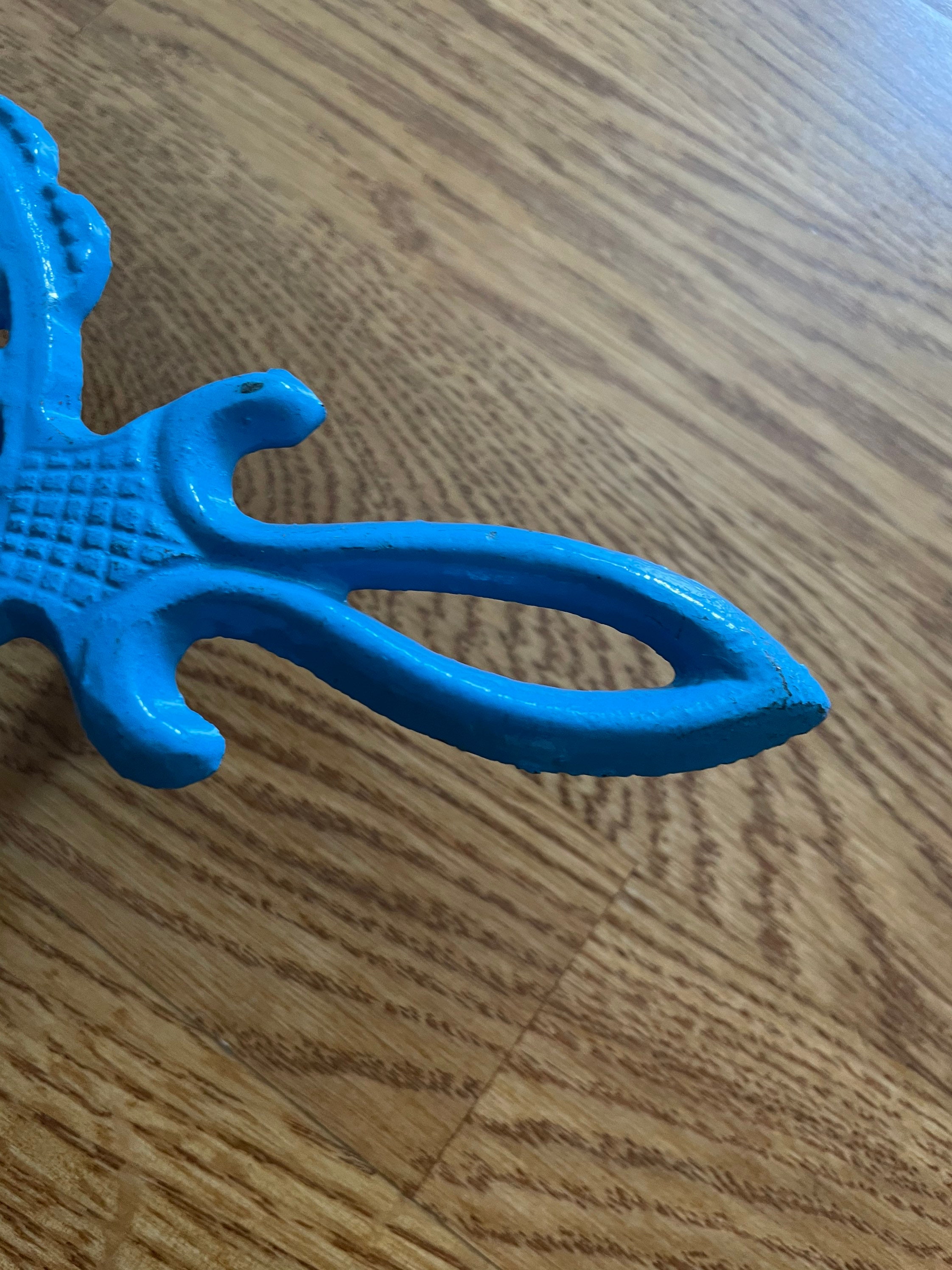

I climbed into a stainless steel tank and began hosing it down, learning how to sterilize the equipment we’d be using to crush and de-stem the fruit: tanks, hoses, clamps, and gaskets all had to be cleaned with a solution, rinsed, neutralized and rinsed again. The winery also sells fruit to numerous other wineries and individual winemakers, including Boulevard Restaurant Wine Directors John Lancaster and Robert Perkins.īesides me (who is working 6 days a week), there are three part-time workers: two noted restaurateurs (one from Sonoma County, one from San Francisco)-friends of the owner and the winemaker-and an Unti cousin, up from Santa Cruz on the weekends. Unti has 60 acres of vineyards and all of their wines are made from estate-grown grapes. there was already fruit waiting for us-several half-ton plastic boxes of Sangiovese that had just come in from the vineyard. Wineries crank into overdrive, with big-production facilities like Kendall-Jackson and Clos du Bois working 24 hours around the clock to churn out millions of gallons of juice coming from Healdsburg during crush-time is a flurry of activity, and it’s most apparent at this time of year where the town’s main revenue and tourism comes from.


I’ve always been a fan of their wines and I leaped at the chance to be winemaker Sebastien Pochan’s assistant, especially since I am the first female to ever work in the cellar at Unti. Unti is a small-production (6,000-7,000 cases annually) winery in the Dry Creek Valley, making European-style reds like Barbera and Grenache quite well. This summer, though, I was offered a job as a seasonal cellar worker during harvest and I wasn’t about to turn it down. That was four years ago, and I hadn’t pictured heading up north again any time soon. When the price of a burrito in Healdsburg bypassed that of a burrito in the Mission, I knew it was time to hightail it from my hometown to the big city. Cellar Rat: Week One at Unti VineyardsFri at 08:53:07 AM


 0 kommentar(er)
0 kommentar(er)
